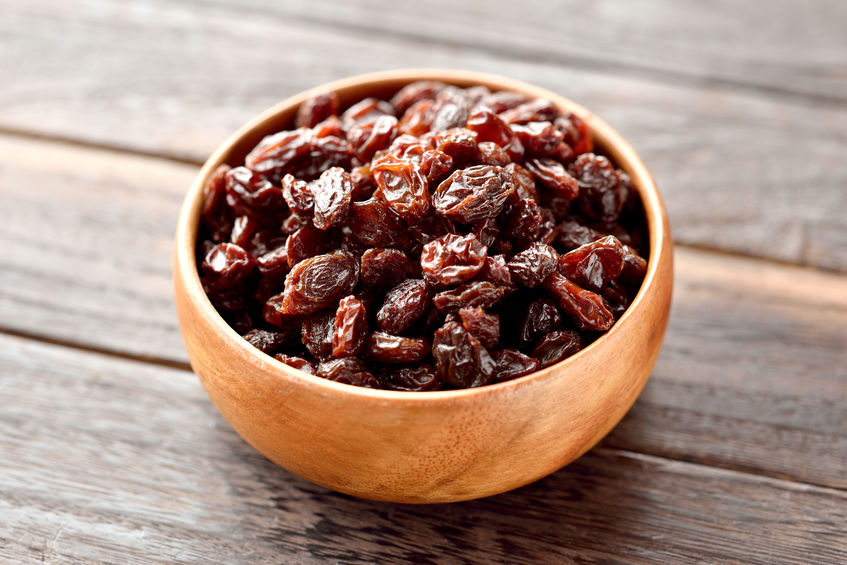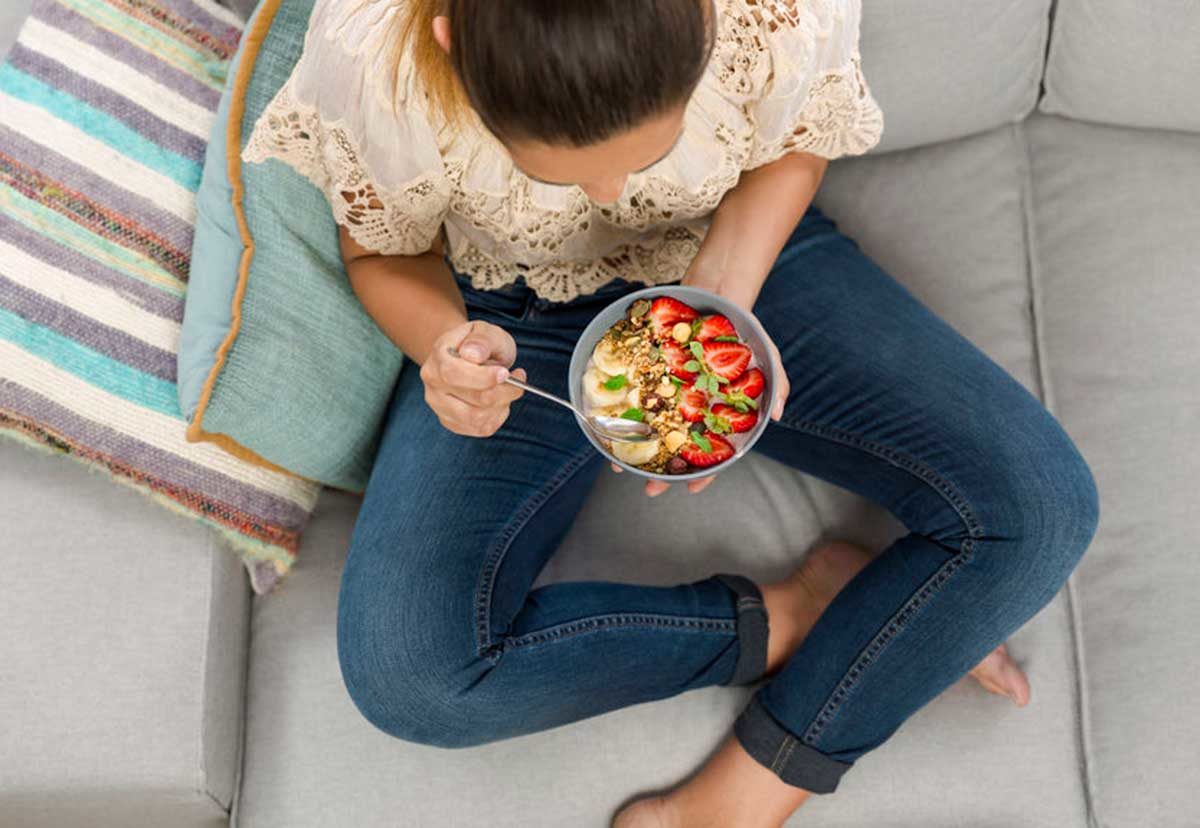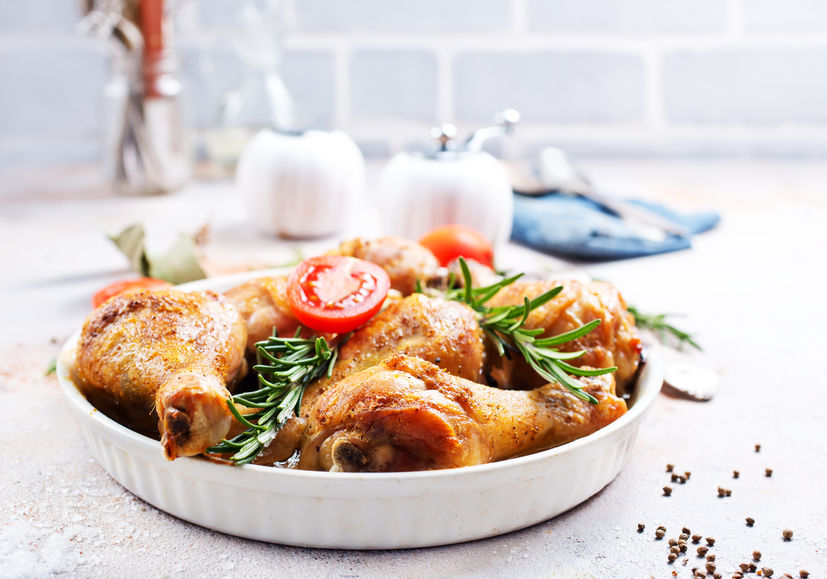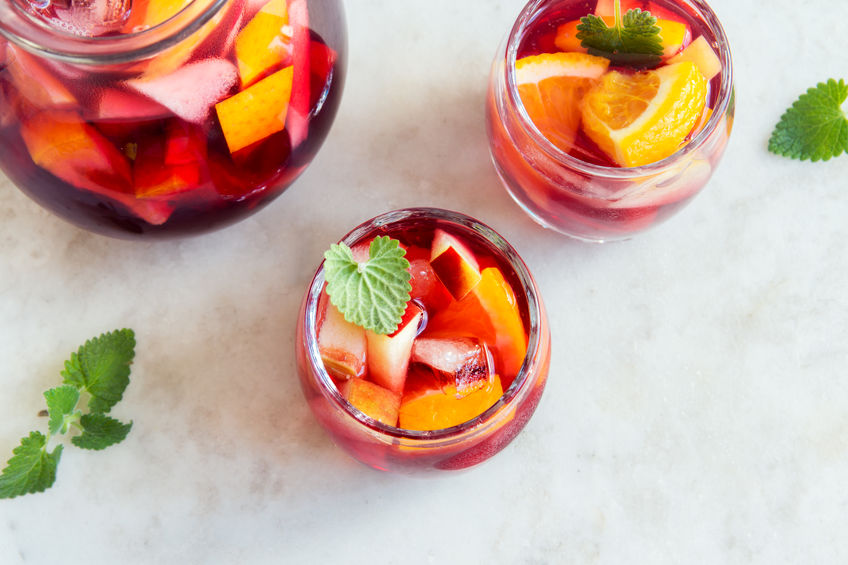I see this all too often… You’re starting to fit workouts into your routine and you feel good for the first week or two, but then you notice your energy dropping. You’re feeling tired, depleted and lacking motivation. What could be the problem?
Often times when people add workouts to their routine, they forget to add proper fuel in the form of pre and post-workout meals. If you’re making time for the gym (or exercise of your choice), take an extra 15 minutes to prep something to eat before and after. When you fuel your body properly around your workouts, you’ll feel better, see results quicker and stay motivated to keep going.
This post will help you figure out what’s best to eat pre- and post-workout depending on the type of activity you’re doing.
You’ve just finished your workout and you know you need to eat something. But what?
Workout nutrition may seem rather complicated but it doesn’t have to be.
Here’s the latest on how to fuel your body before, during and after your workout so you can improve your performance, maximize recovery – and feel better!
Fuel before for your workout
You’d never head out on a long road trip without filling your tank with gas, right?!
Skipping your pre- workout fuel is the equivalent of hitting the road with an empty gas tank. You may get off to a good start, but you’ll likely be running on fumes in no time.
When you feed your body with the right nutrients before your workout, you’ll be able to lift more, run longer & faster, and speed up your gains. Plus you’ll feel so much better while doing it!
So, what should you eat before your workout?
Since our body’s preferred energy source is carbohydrates, your pre-workout fuel should be higher in carbohydrates and lower in protein and fat.
Protein and fat are harder for our body to digest, and this uses up extra energy that you could put toward your workout.
Aim to eat about one to two hours before your workout (depending on the size of your meal) to give your body time to digest and absorb the nutrients.
Here are a few Pre-Workout options that work well for pre-strength or pre-cardio workouts:
- Wholegrain rice cake with 1 Tbsp. of natural nut butter
- Small apple and a handful of raw nuts (or nut butter)
- ½ cup of plain oatmeal (whole oats) topped with hemp hearts and berries
Sports Drinks or Water?
Plain water will do the trick during your workout. Experts recommend drinking between 3-8 oz of water every 15 minutes during your sweat session.
Also, you can hold off on the sports drinks unless you’re exercising for 90 minutes or longer, or are exercising in extreme heat.
Sports drinks help to replace carbohydrates and electrolytes but are not necessary for the average gym goer.
Why not skip the sugary, neon-blue commercial sports drink all together and just whip up your own for longer, sweatier workouts?
Here’s how: Take ½ cup pure orange juice, top with filtered water and add a pinch of sea salt or pink salt. You’ve got a DIY electrolyte replacement drink for a fraction of the cost and infinitely healthier ;-).
What to Eat after a Cardio Session
It is still recommended that you eat your post-cardio snack 30-60 minutes after finishing up.
However, you’ll be using more carbohydrate stores during a sweaty cardio workout (think running or spinning) than you would during your lifting session.
This is why you’ll need to eat a snack or meal that is 3:1 or 4:1 carb to protein ratio – similar to your pre-workout ratio.
Try one of these snacks after your next cardio workout to replenish your carbohydrate stores (glycogen) used and to help you recover faster:
- Sprouted grain toast and natural nut butter
- 5-10 whole grain crackers & 2 Tbsp. hummus or bean dip
- Small banana and a small handful of raw nuts or seeds
What to Eat After Strength Training or Lifting Weights
Once you finish that last rep, pat yourself on the back and then fuel up on the protein!
Aim to eat within 30-60 minutes post workout to help your body recovery and to build those muscles you’ve been working so hard for. This meal should be approximately a 2:1 ratio of protein to carbohydrates.
Here are a few examples of a balanced “post-lifting” meal:
- Grilled chicken breast with roasted vegetables
- 2 hard boiled eggs and whole grain crackers
You’ll also love this smoothie – packed with protein, fibre and the anti-inflammatory benefits of tart cherries!
RECIPE
Very Cherry Recovery Smoothie
1 cup of non-dairy milk of choice (I like coconut milk)
1 scoop vanilla protein powder of choice (unsweetened, less processed)
1 handful of fresh or frozen tart cherries (frozen will have a thicker consistency)
1-2 Tbsp. of chia seeds or hemp hearts
1 handful of greens (spinach or baby kale work well here)
2-3 ice cubes (more if you’ve used fresh cherries)
Blend, enjoy and watch those muscles grow!
REFERENCES
LiveStrong: Post Workout Carb-Protein Ratio
The Washington Post: The Best Way To Eat Before & After Exercise
CBC.ca: Sports Drinks Unnecessary, Counterproductive For Most People








